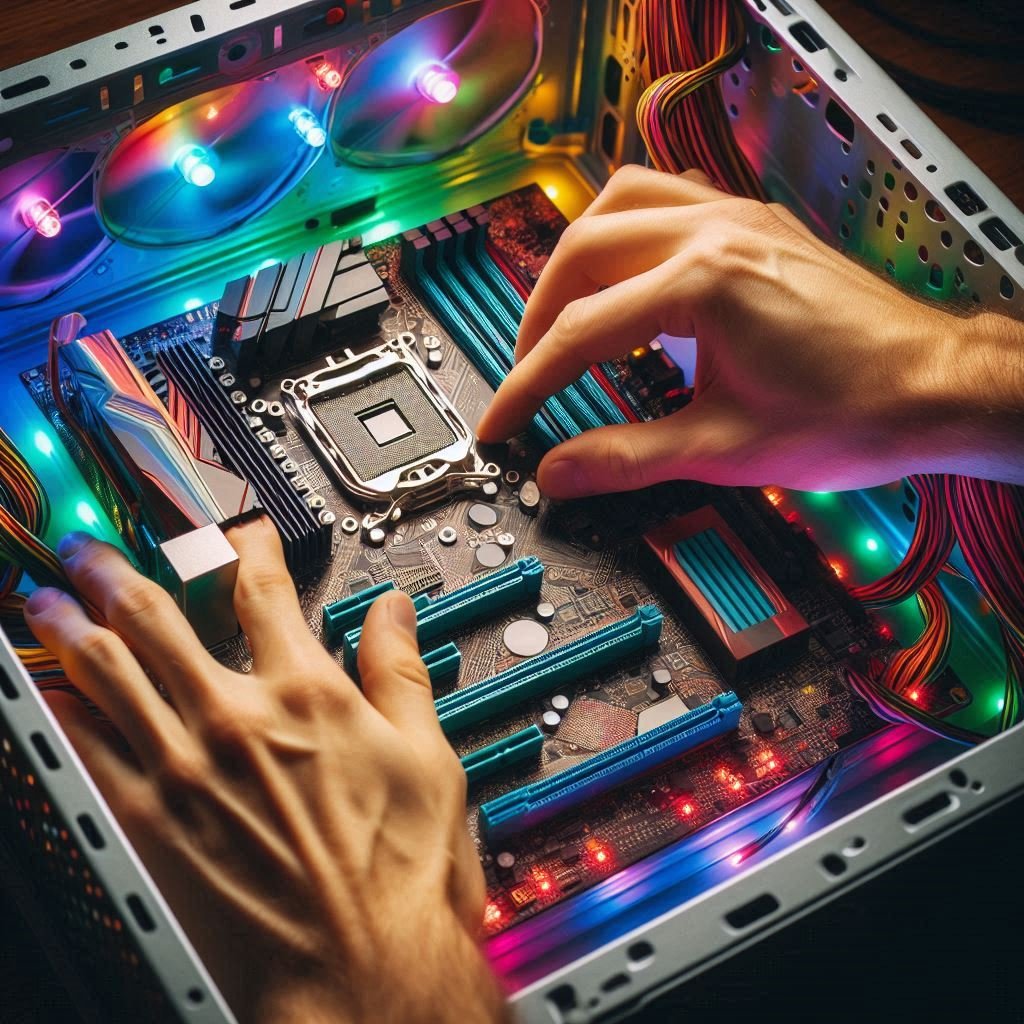The PC Build Tutorial Series: How to Properly Install a Motherboard
The processor, graphics card, memory, and storage are crucial motherboard components for a fully functional system. Installing a motherboard is a critical step in building or upgrading a computer. It is essential for a computer's functionality and a fully operational computer. Let’s walk through the process step by step.
Prep your tools
To install a motherboard, gather the required tools, such as a Phillip head screwdriver and an antistatic wrist strap. Ensure that you are working in a well-lit and static-free environment. Be mindful to have your newly purchased motherboard ready for installation as well. These initial stages are crucial for a successful motherboard installation. Proper preparation and attention to detail are essential for this task.
It's time to open that PC case.
Accessing the motherboard tray requires removing both side panels of the case. Certain cases have removal trays for easier installation, which facilitate easy access to the motherboard and simplify component installation.
Discharging static electricity before handling the PC is essential to prevent damage to the motherboard components. This can be done by touching the metal part of the PC case or using an antistatic strap. Failing to do so can result in severe damage and render the system inoperable.
This an I/O Shield for the SUS STRIX ROG motherboard
I/O Shield Placement
Before you place the motherboard into the PC case, you must first attach the I/O Shield backplate. The I/O shield covers the connectors on the rear part of the PC case. Remove the default I/O shield (if present) and replace it with the one that came with your motherboard.
There are usually aren’t this many standoffs on a motherboard. The AI image is a bit exaggerated, but you get the point.
Standoffs Installation
Inserting Standoffs is crucial for motherboard installation. Their primary purpose is to keep the motherboard off the tray. Placing the motherboard on the tray can cause irreparable damage to your system due to short-circuiting. Securely screw in your standoffs, then match the holes on the motherboard with the available standoff locations on the tray. Then, proceed to the next step.
Then, place the motherboard on the standoffs.
Once you have screwed in the standoffs, gently (Gently!) place the motherboard onto the standoffs. Focus and align the holes on the motherboard with the standoffs. Once you're done, now it's time to secure the motherboard to the standoffs using the provided screws.
Now, it is time to connect your components.
Your PC build is almost complete once you have installed the CPU, graphics card, and RAM. Ensure that the power supply cables, such as the 24-pin ATX and 8-pin CPU, are connected to the motherboard. Attach the SSD and HDD cables to the motherboard. For those using an NVMe SSD ( which is now the standard boot drive in 2024), insert the storage drive into the M.2 slot. Following these steps will help you effectively set up your PC build.
(It’s worth noting the 24-pin and 8-pin connector cables power up the processor from the power supply unit)
It's time to connect the front panel connectors to your PC case. You do so by connecting the front panel connectors to the motherboard, which activates the power button and drives LEDs, USB, and audio connections. It's important to note that every motherboard's front panel connections are different, so it's advisable to refer to the manual for specific instructions.
Double-check your connected components, then Bootup
It's essential to ensure all components are correctly seated and securely connected. Inspecting cable routing is a common practice to avoid interference with fans or other components. Reattach the side panels and power on your newly built or upgraded computer. If all your components are connected correctly, the Bootup should be successful.
In Conclusion
The motherboard is the backbone of your system. If this is your first time building a PC, take your time and follow instructions carefully. Doing so will allow you to enjoy the empowered feeling of creating your computer.










